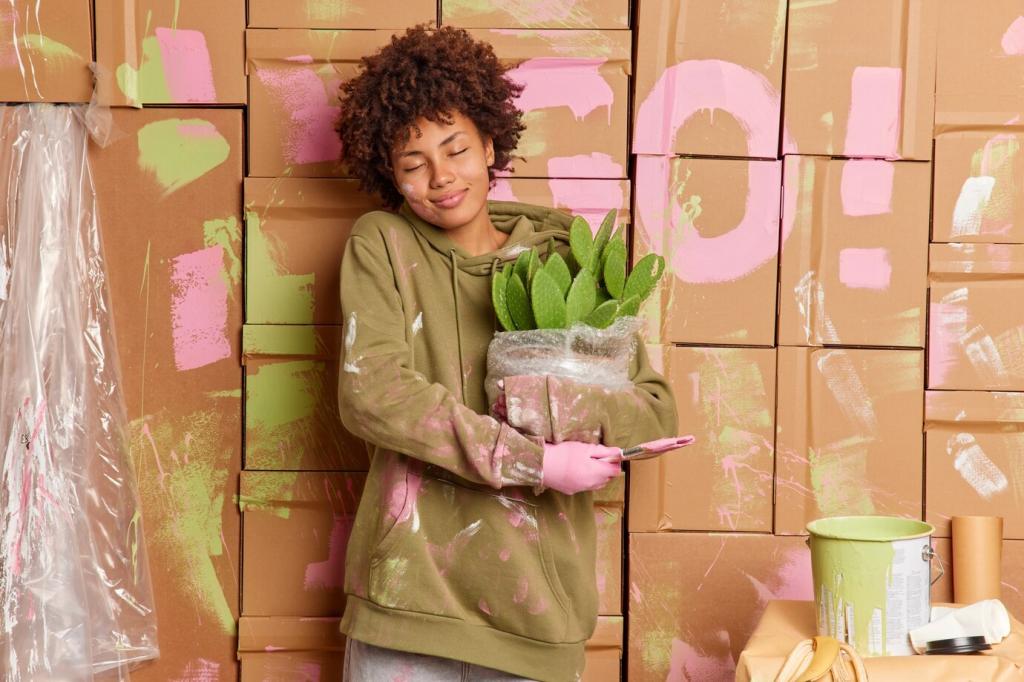
Breathe-Easy Repairs: Non-Toxic Adhesives for Furniture Repair
Chosen theme: Non-Toxic Adhesives for Furniture Repair. Restore cherished pieces without harsh fumes or guesswork. Explore safer glues, smarter techniques, and real-world fixes that respect your health, your home, and the stories your furniture holds. Subscribe for fresh, practical tips each week.
Why Non-Toxic Matters at the Workbench
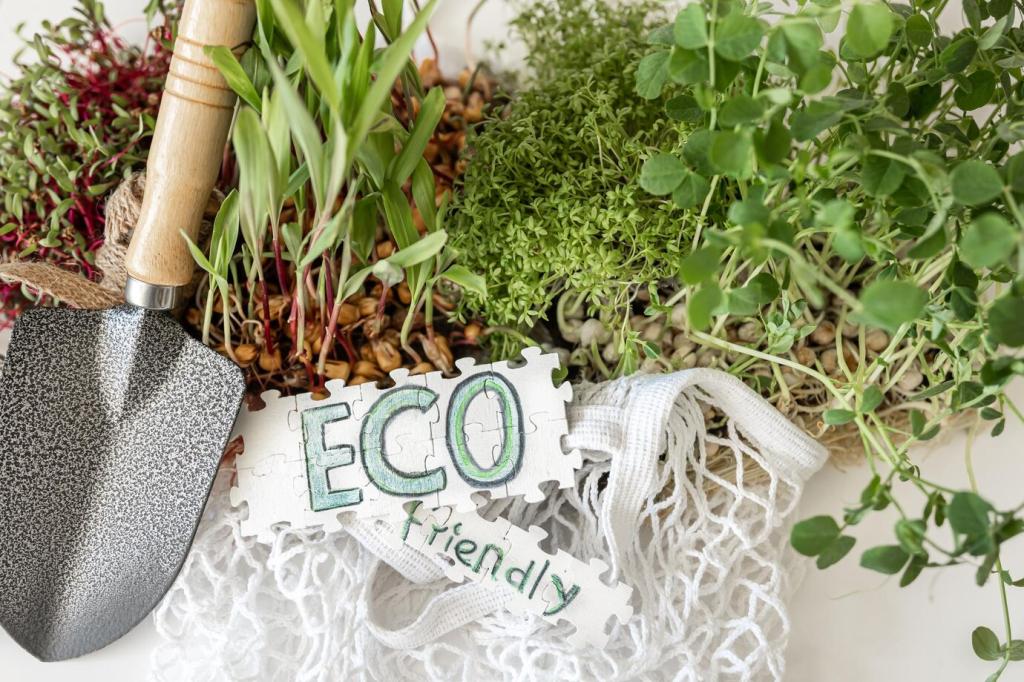
Health and Home Air Quality
Volatile organic compounds can linger in closed rooms, especially during winter or in compact workshops. Non-toxic, low-VOC wood glues reduce irritating odors, headaches, and lingering chemical tails, making living spaces safer for kids, pets, and anyone sensitive to strong smells.
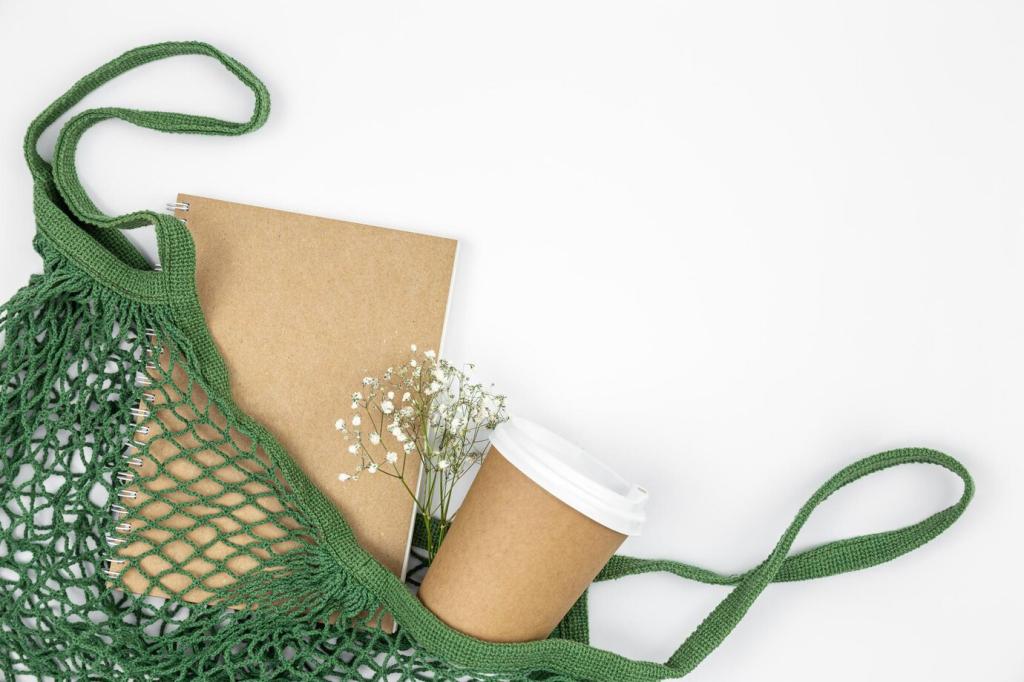
Certifications to Trust
Look for clear labeling, third-party emissions standards like GREENGUARD Gold or comparable low-VOC claims, and transparent Safety Data Sheets. For performance, water-resistance ratings such as Type I or Type II signal durability without relying on harsh solvent systems that burden your lungs.
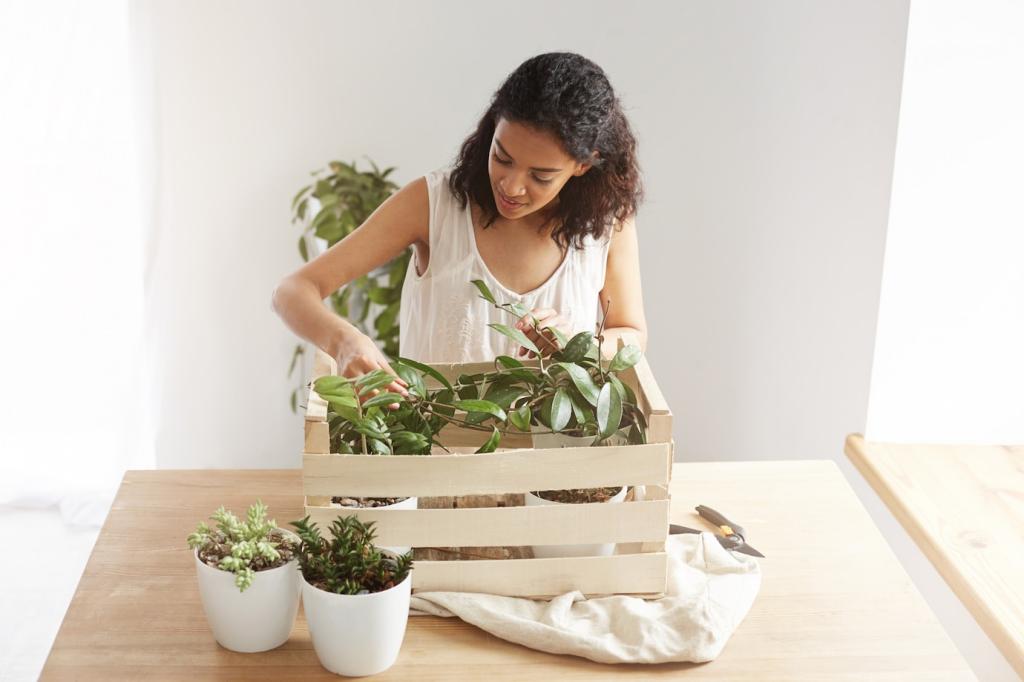
The Switch That Changed My Chair Fixes
After one evening repairing a creaky oak chair, I woke to no chemical smell and no complaints from my light-sleeper toddler. That moment convinced me: safer adhesives can still deliver strong bonds, calmer air, and a happier house. Share your turning point with us.


Know Your Non-Toxic Adhesives
Water-based PVA and aliphatic resin glues offer dependable strength, simple soap-and-water cleanup, and low odor. Many are labeled non-toxic once cured, making them go-to choices for chairs, drawers, and tabletops. Watch open time, clamp pressure, and temperature for consistent, reliable results.
Know Your Non-Toxic Adhesives
Traditional animal-derived glues are prized for reversibility. Heat and moisture can release the joint later, perfect for antiques and intricate chair repairs. Their lower odor profiles and brushability make them workshop-friendly, while their repairability protects joinery from destructive prying or harsh solvent stripping.
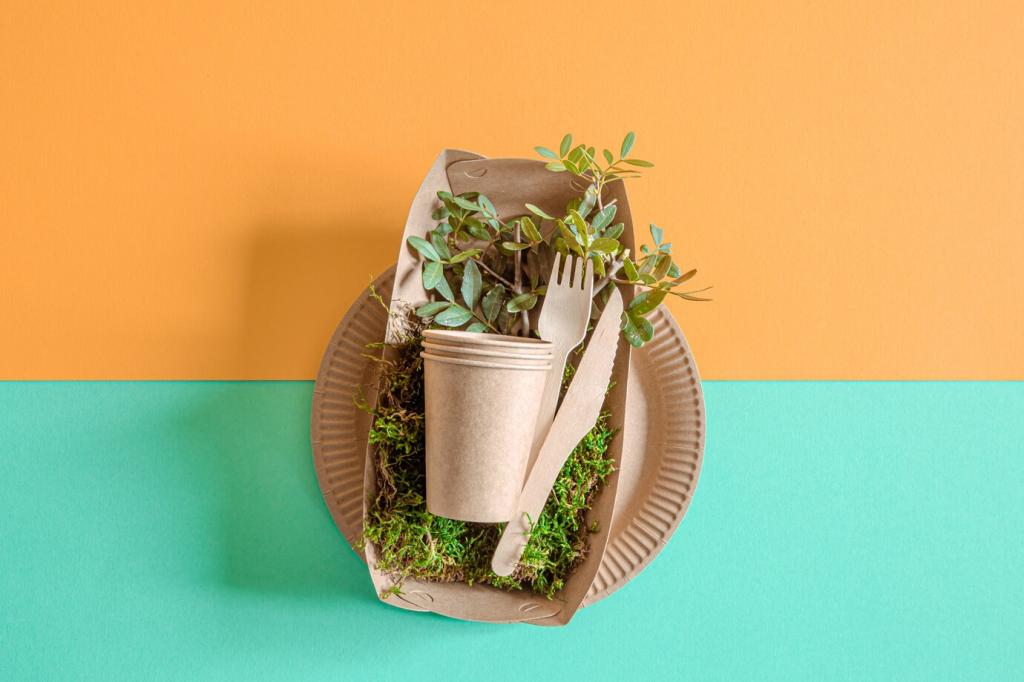
Surface Prep Without Harsh Solvents
Scrape away old glue mechanically with a chisel or card scraper, then lightly sand to fresh wood. Warm water helps soften hide glue residues. Skip aggressive chemical strippers when possible, protecting indoor air while ensuring pores are ready to accept fresh adhesive uniformly.
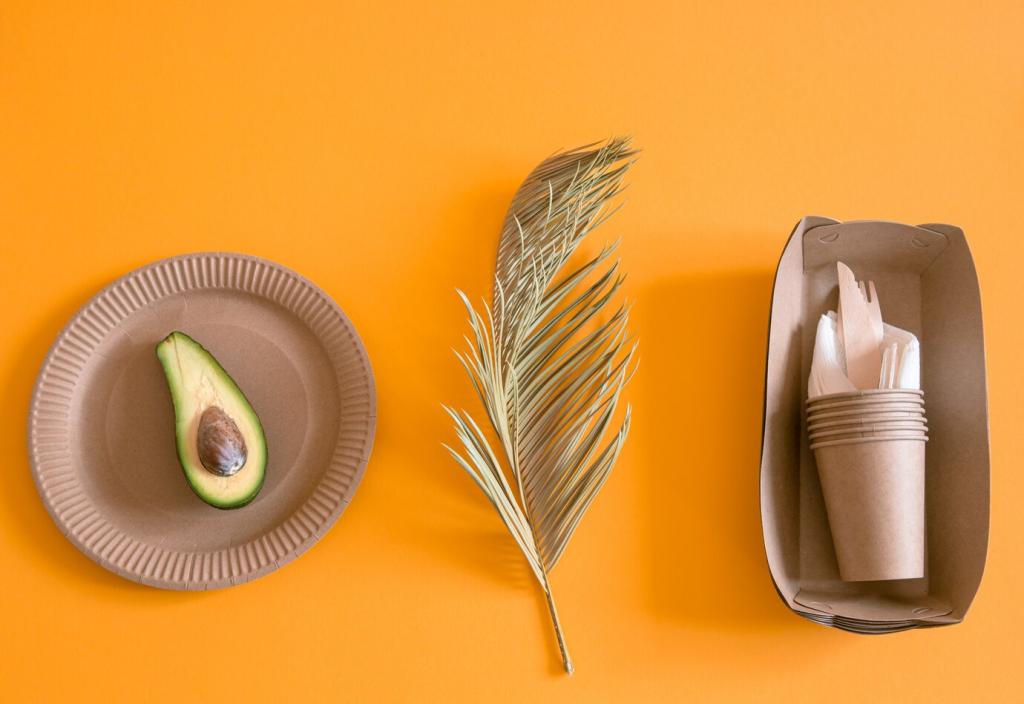
Clamping and Open Time
Dry-fit first, then apply glue to both surfaces when recommended. Use even clamp pressure without starving the joint; squeeze-out should be modest. Respect the adhesive’s open time and temperature range, and avoid rushing. Strong bonds come from alignment, pressure, and patience working together.
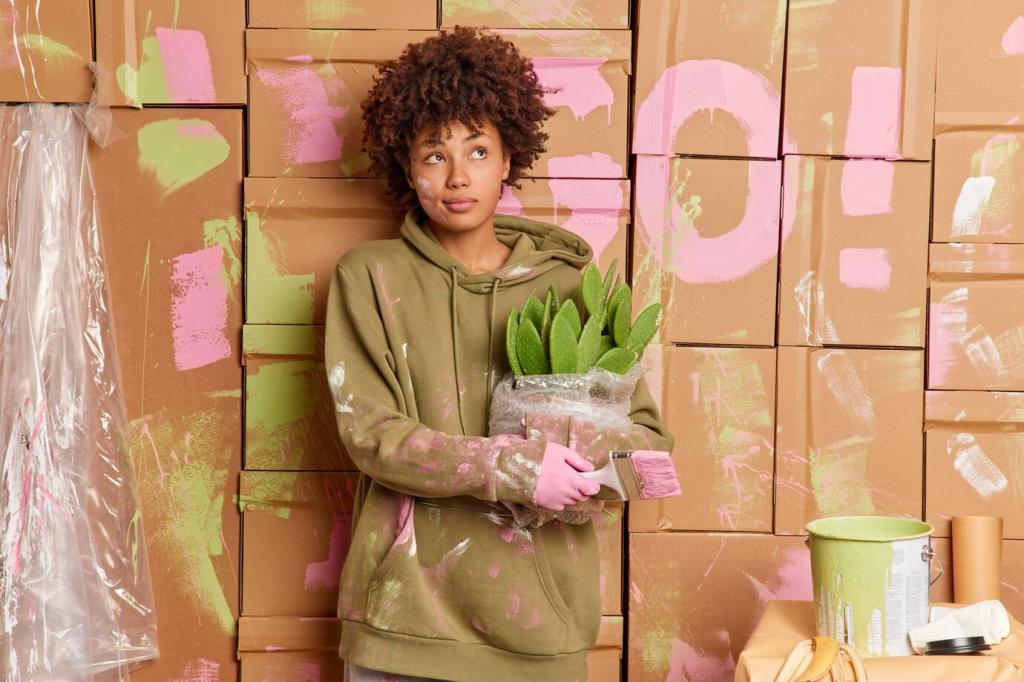
Cleanup and Disposal
Wipe squeeze-out immediately with a damp cloth. Let leftover glue fully cure before discarding, and check local guidelines for water-based disposals. Keep brushes in warm water, label containers clearly, and ventilate gently to encourage curing without filling your room with unnecessary drafts.
Real Repairs: Chairs, Drawers, and Veneers
Loose Chair Rungs
Inject a reversible hide glue into wobbly mortises using a needle-tip bottle, then clamp with padded cauls. The joint tightens predictably, and future repairs stay easy. You preserve the chair’s integrity, avoid harsh solvents, and end up with a quiet, steady seat for daily use.
Dovetail Drawer Rescue
Clean old PVA from dovetails with a small chisel and warm water where safe. Re-glue using low-VOC PVA, clamp squarely with light, even pressure, and verify the drawer runs smoothly. The fix holds strong while keeping your bedroom or office free from stubborn chemical odors.
Veneer Reattachment Without Toxic Fumes
Lifted veneer often responds well to liquid hide glue brushed beneath, protected with wax paper, then clamped flat. Gentle heat can help flow. This approach preserves patina, avoids solvent-based adhesives, and leaves a surface ready for a compatible, low-emission finish later.
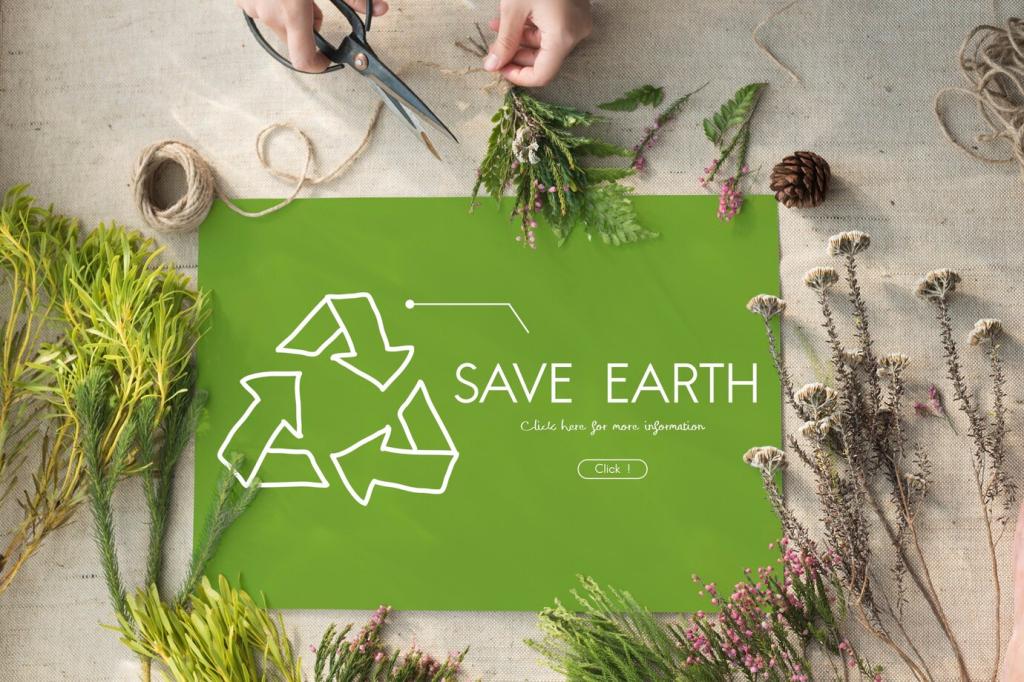
Durability, Reversibility, and Maintenance
Antique chairs, heirloom tables, and complex joinery benefit from glues that loosen with warm water or heat. Reversible adhesives reduce invasive tear-downs and protect delicate parts, letting you refresh joints decades later without stripping finishes or resorting to aggressive, high-emission chemicals.

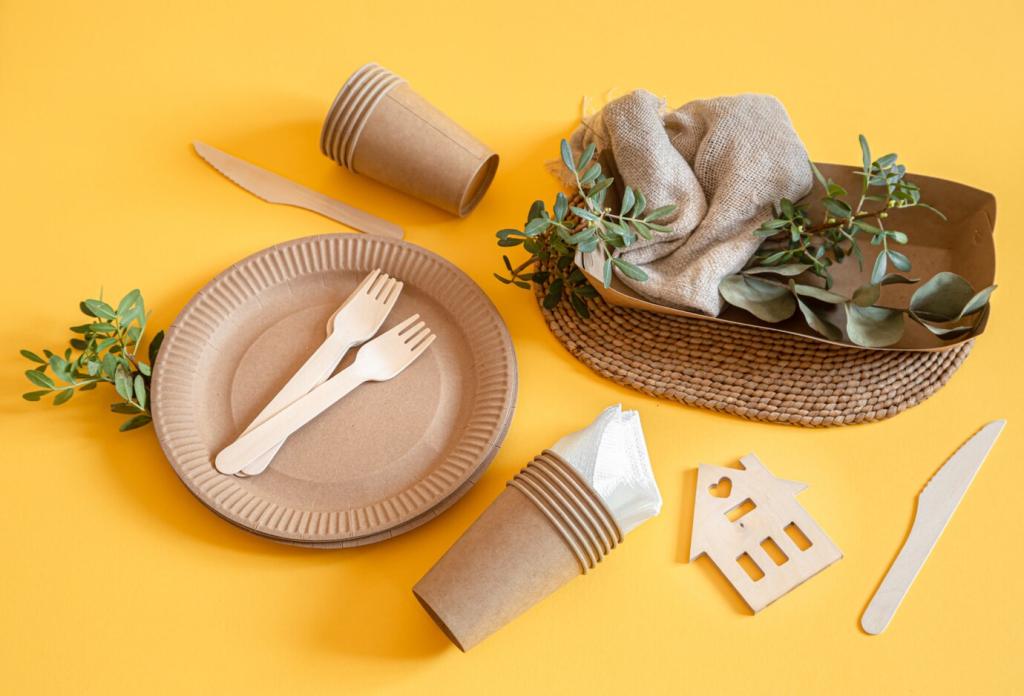
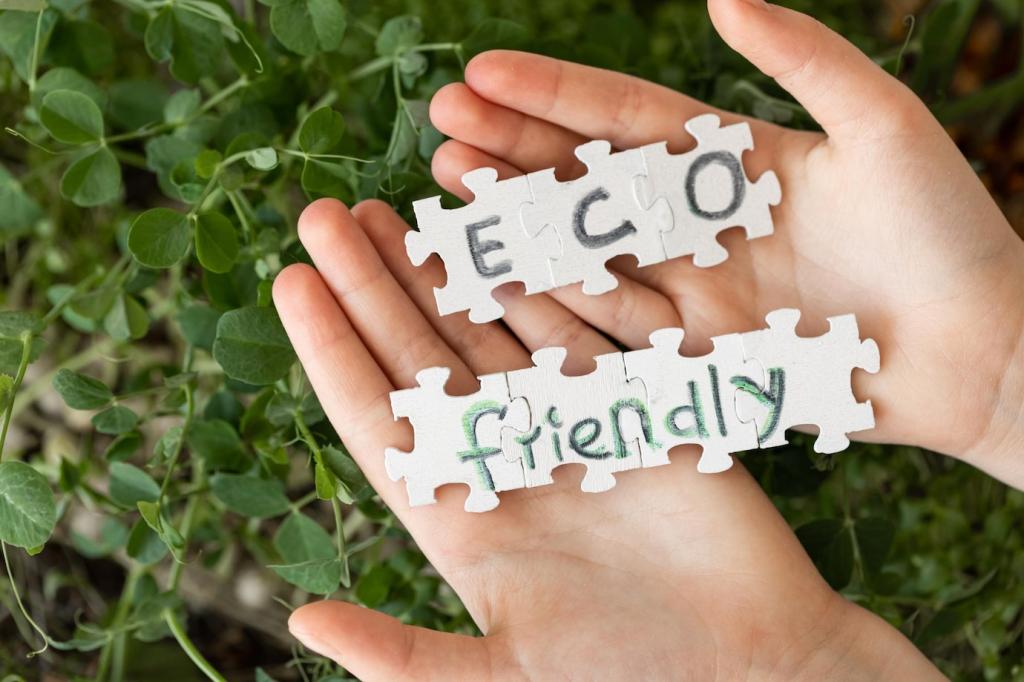

Non-Toxic Repair Kit Essentials
Keep a selection of low-VOC PVA, liquid hide glue, small clamps, padded cauls, syringes for precise injection, card scrapers, and soft cloths. Add a gentle fan for ventilation and a dedicated glue brush. Simple gear, careful prep, and patience form a dependable, safer system.
Common Mistakes to Avoid
Over-clamping can starve joints; under-prep leaves weak interfaces. Rushing cure times invites failure. Skipping ventilation or gloves is unnecessary bravado. Slow down, read labels, test on scrap, and document your settings. Good habits turn non-toxic adhesives into consistent, professional-level results at home.
Share, Subscribe, and Learn Together
Tell us which non-toxic adhesive saved your project, and what you would try differently next time. Post photos, ask questions, and subscribe for weekly tips. Your experience helps others choose safer glues, repair smarter, and keep beloved furniture in service for generations.
